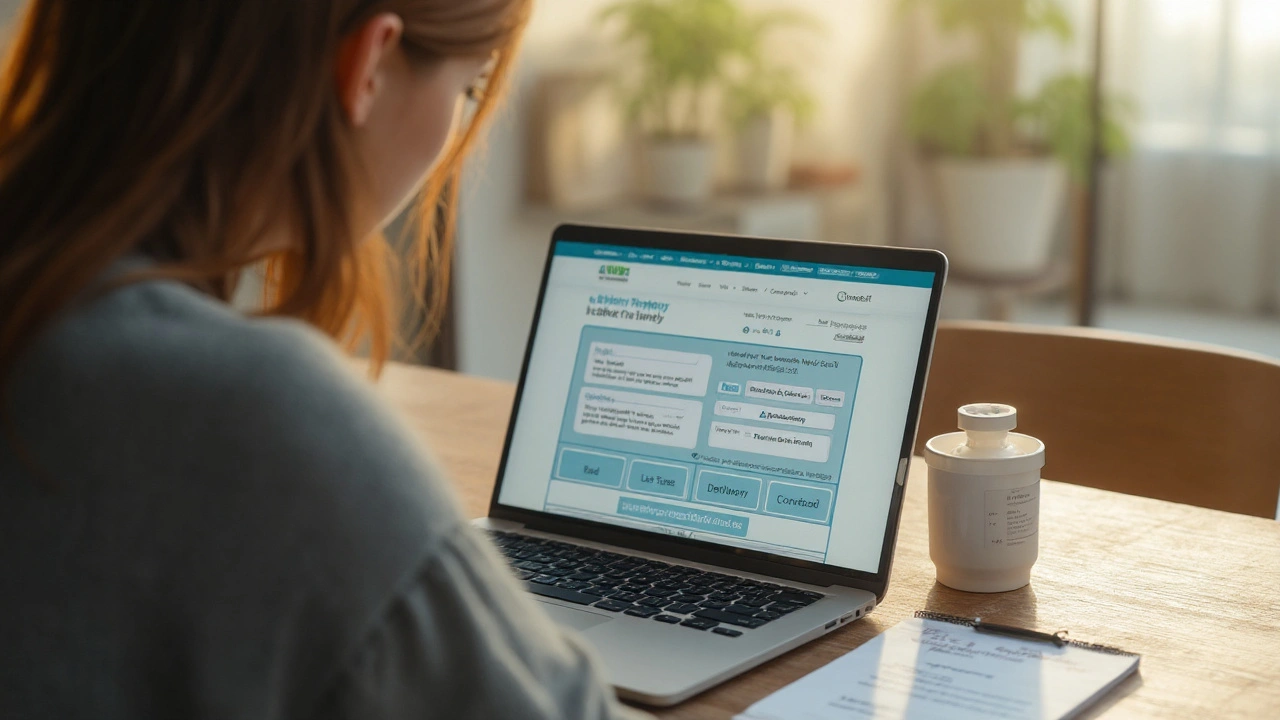Online Pharmacy Verification: Your Quick Guide to Buying Medicines Safely
Buying meds online feels handy, but a fake pharmacy can cost you health, money, or even legal trouble. The good news? You can spot a legit site in minutes by running a few simple checks. Below is a step‑by‑step plan you can use right now, plus the warning signs that most scammers forget to hide.
Key Steps to Verify a Pharmacy
1. Look for a physical address and phone number. Real pharmacies list a street address, a working phone line, and often a map link. Give the number a quick call – a live person should answer and be able to confirm the license.
2. Check the licensing authority. In New Zealand, the Pharmacy Council publishes a list of registered pharmacies. In the U.S., look for a state board or the NABP’s Verified Internet Pharmacy Practice Sites (VIPPS) seal. A valid license number should match the regulator’s database.
3. Scan for a secure connection. The URL must start with “https://” and show a padlock icon. While this doesn’t guarantee legitimacy, a missing padlock is an immediate red flag.
4. Review the prescription policy. Legit sites will never sell prescription‑only drugs without a valid prescription from a licensed prescriber. If the checkout asks for a credit‑card only, walk away.
5. Compare prices with known retailers. If a brand‑name drug is 70‑80% cheaper than the market average, something is off. Low prices can mean counterfeit products or sub‑standard manufacturing.
Red Flags That Signal a Fake Site
Missing pharmacy credentials. No license number, no clear pharmacist contact, or vague “our team” pages usually mean the site isn’t verified.
Pushy marketing language. Phrases like “Buy now – no prescription needed!” or “Best price guaranteed!” are classic bait for desperate shoppers.
Unusual payment methods. Acceptance of wire transfers, cryptocurrency, or prepaid cards should set off alarms. Trusted pharmacies stick to credit cards, PayPal, or reputable e‑wallets.
Poor website quality. Lots of spelling errors, pixelated logos, and broken links hint at a hastily built scam page.
Unclear return or privacy policies. Real pharmacies explain how they handle returns, refunds, and data protection. If you can’t find these pages, the site is likely hiding something.
When you spot any of these warnings, close the tab and look for another provider. It’s better to spend a few extra minutes checking than to risk a fake medication.
Finally, keep a record of the pharmacy’s name, URL, and license number. If you later suspect a problem, you can report it to the local regulator or consumer protection agency. Reporting helps shut down bad actors and protects other shoppers.
Online pharmacy verification is not rocket science – it’s just a handful of habits you build into every purchase. Use the checklist, trust reputable sources, and you’ll get your medicines safely without the headache of scams.
How and Where to Buy Atenolol Online Safely (NZ 2025)
Need Atenolol online? Safe NZ 2025 guide: where to order legally, prices, delivery, verification tips, and what to do if you’re out or traveling.
Read more